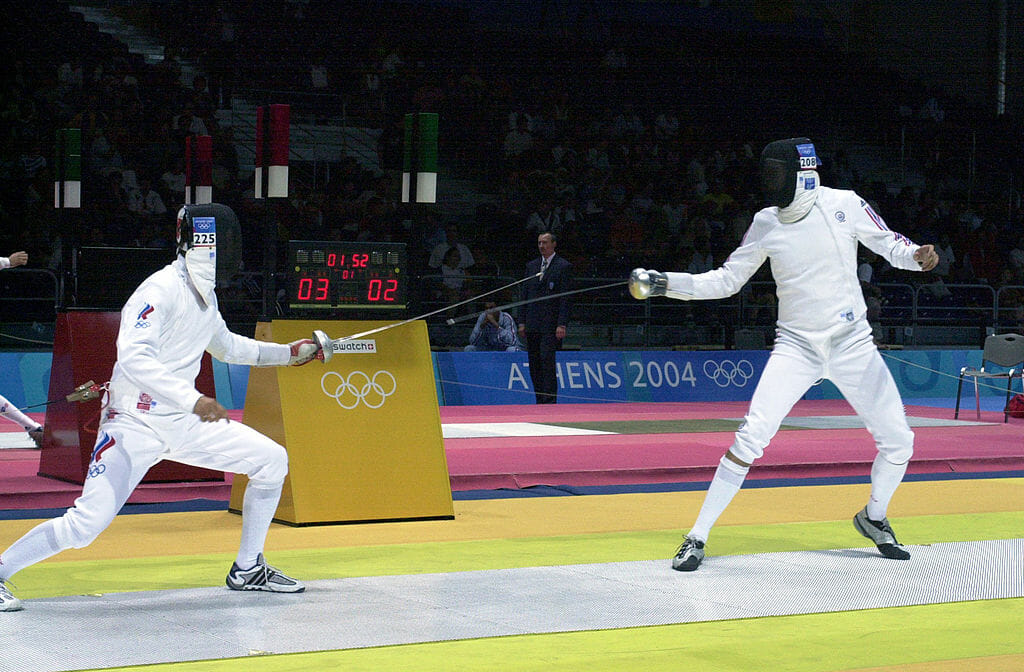No sport is immune to some risk for injury, and that includes fencing. In fact, while the inexperienced observer may not realize it, fencing actually requires an elevated level of agility and physical prowess, and over time this can increase injury risk.
Traumatic injuries like twisted ankles, sprains and muscle strains are generally uncommon in the sport of fencing, but overuse injuries are known to run quite rampant. Unlike most others, fencing is considered an asymmetrical sport that favors one side of the body over the other. It also requires a number of repetitive motions to perform many of its fundamental techniques, as well as certain awkward positioning to execute these techniques. The combination of these factors makes all fencers more prone to overuse injuries. The two most common are:
Fencer’s elbow is very similar to tennis elbow and arises for many of the same reasons. It’s most common in foil fencers, since this weapon requires the most movement of the wrist on a repeated basis to execute what’s called a flick. This overuse can be overtaxing to muscles in the wrist and inflame the area, leading to pain in the elbow while gripping tightly or moving the wrist too forcefully.
Patellar tendinitis, or inflammation of the patellar tendon—which connects your kneecap (patella) to your shinbone—is another common overuse injury in fencing. This tendon is activated whenever the thigh muscles (quadriceps) fire, and the footwork necessary to be an effective fencer can strain this area. Overtraining without sufficient rest can lead to pain in this region and make it difficult to maintain proper form.
If you’re a fencer suffering from either of these or any other overuse injury, Dynamic Sports Physical Therapy can help. See us for a treatment program that will include:
- Strengthening exercises to make sure muscles can handle movements
- Stretching exercises to increase flexibility in the injured area
- Ultrasound to help with tissue healing and improve blood flow
- Massage to alleviate tension and reduce pain
- We can also help prevent future injuries by examining your gripping technique and footwork to ensure you’re using proper form and alignment; if not, we can address these issues individually
- Plyometrics, which consist of various jumping exercises, can also prevent injury but should only be performed if your core is strong enough
Don’t try to tough it out and push through any fencing-related pain. Take a short period of rest, and if the pain continues, visit us at Dynamic Sports Physical Therapy in New York City, where we can assess your problem and create a plan to get you back to full-strength. Call 212-317-8303 to schedule an appointment.

